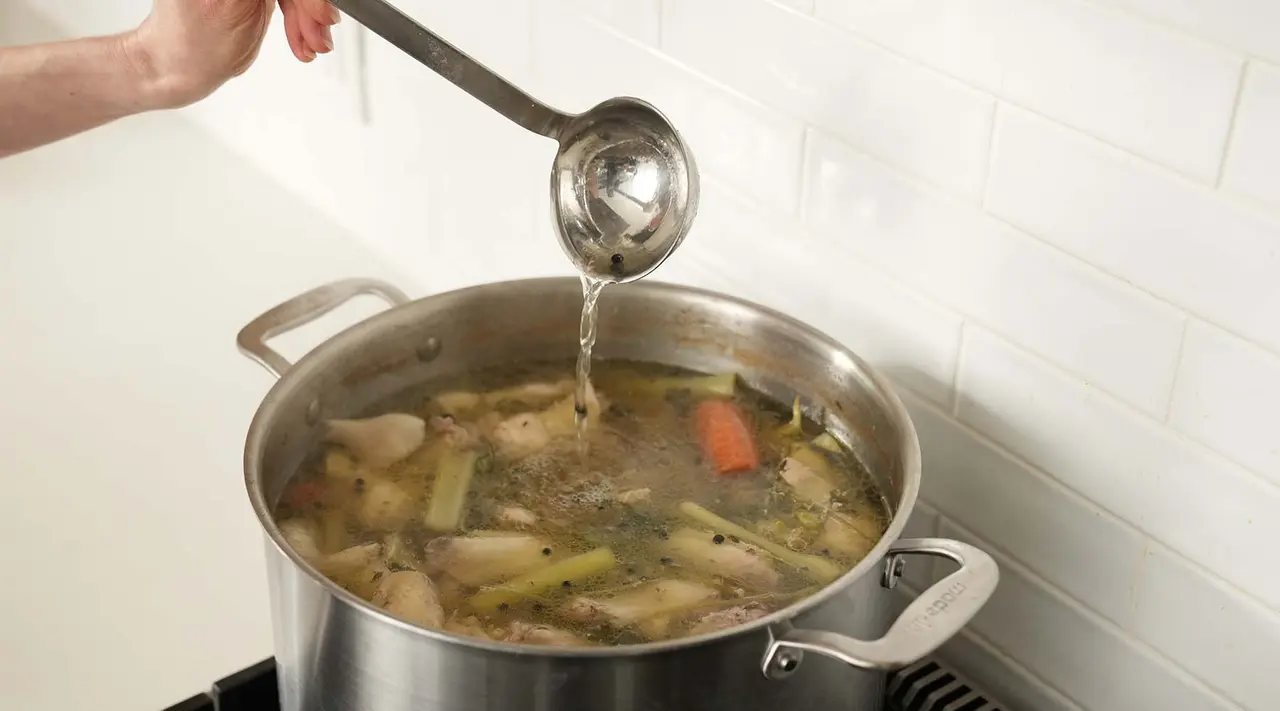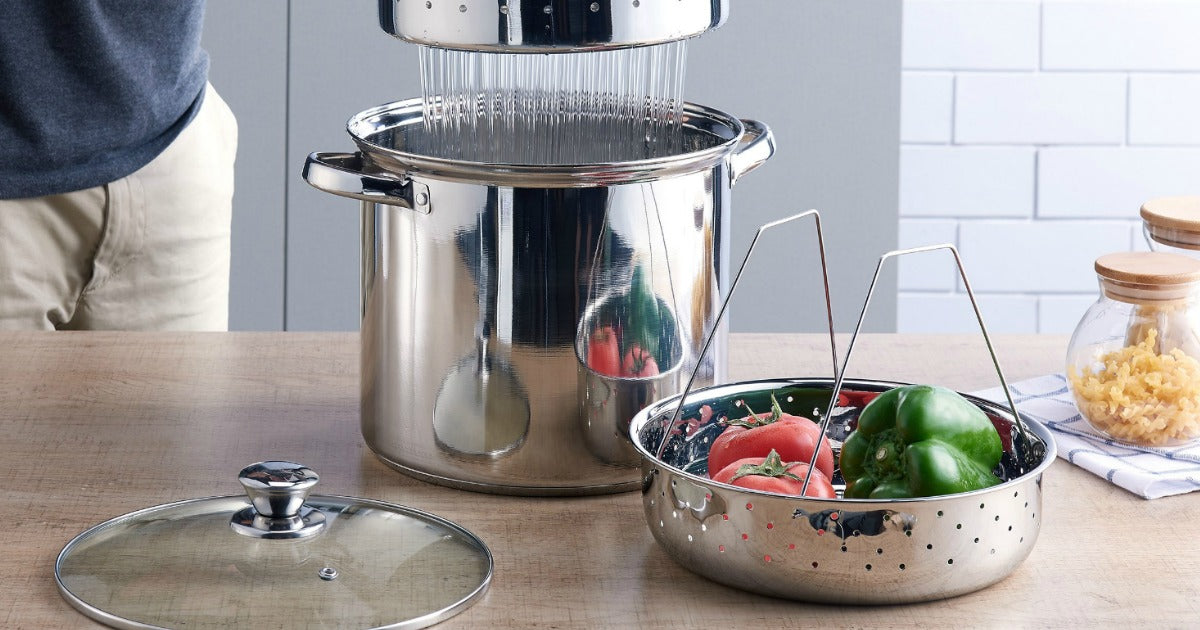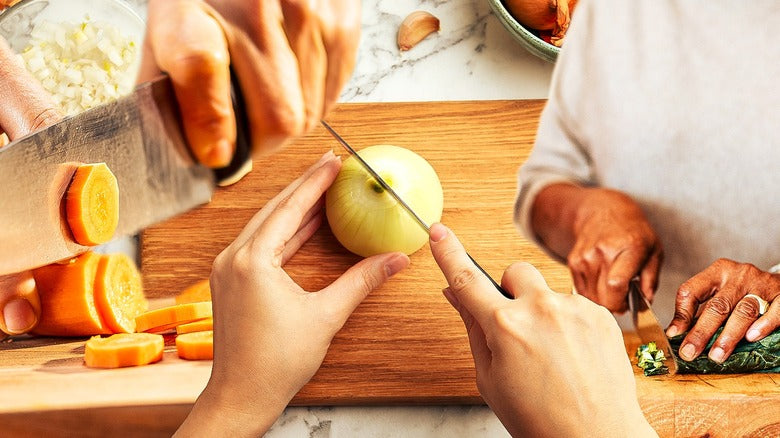For kitchen professionals, the versatility of a stock pot is unmatched. Whether you are preparing large quantities of soup, boiling pasta, or cooking a hearty stew, understanding how to use a stock pot effectively can elevate your culinary creations to new heights. This article delves deep into every aspect of stock pots, their features, uses, and maintenance to ensure you maximize their potential in your kitchen.

What is a Stock Pot?
A stock pot is a large, deep pot designed to hold significant volumes of liquid. They are typically made from stainless steel, aluminum, or heavy-duty materials, featuring a flat bottom and tall sides, which make them perfect for simmering stocks, soups, and sauces. They come in various sizes, often ranging from 6 quarts to over 30 quarts, catering to different cooking needs.

Key Uses of a Stock Pot
Knowing how to use a stock pot involves understanding its primary uses. Lets explore some essentials:
1. Making Stock
One of the most common uses for a stock pot is to prepare stock. This entails simmering bones or vegetables in water for several hours to extract flavors. For a step-by-step guide on making chicken stock, you can check how to make chicken stock.
2. Cooking Pasta
A stock pot is ideal for boiling large quantities of pasta. The tall sides allow for ample water, preventing the pasta from sticking together. Its perfect for chefs who need to prepare pasta for a crowd.
3. Making Soup and Stews
For hearty meals, a stock pot is indispensable. Its capacity allows you to make enough soup or stew to feed a large group. Learn how to make delicious stews with this informative guide on what to cook in a stock pot.
4. Boiling Seafood
For seafood boils, a stock pot is a fantastic tool. Its size accommodates large seafood items and plenty of seasoning, perfect for a family or gathering.

Choosing the Right Stock Pot
When deciding how to use a stock pot, consider its size, material, and features:
1. Material Matters
Stock pots come in various materials:
- Stainless Steel: Most popular for durability and non-reactive properties.
- Aluminum: Lightweight and heats up quickly but can react with acidic foods.
- Copper: Offers excellent thermal conductivity, though its generally more expensive.
2. Size Selection
Choose a size appropriate for your cooking needs. A 12-quart stock pot is suitable for everyday use, while larger options are best for catering or meal prep.

Tips for Using a Stock Pot
Mastering how to use a stock pot efficiently involves some tips and tricks:
1. Avoid Overcrowding
Always leave enough space for the ingredients to move freely in the pot. Overcrowding can lead to uneven cooking.
2. Control Heat
Start with high heat to bring the contents to a simmer, then reduce to medium or low. This technique will ensure a consistent simmer and better flavor extraction.
3. Skimming the Surface
When making stock, skim off any foam or impurities that rise to the surface. This step will enhance the clarity and flavor of your stock.
4. Use a Lid
Covering your pot can help retain heat and speed up cooking times for various dishes.
Cleaning and Maintenance of a Stock Pot
Caring for your stock pot is essential for longevity. Cleaning and maintaining it properly can significantly improve its performance:
1. Regular Cleaning
After every use, wash your stock pot with warm, soapy water. Avoid abrasive cleaners that can scratch the surface. For detailed cleaning methods, refer to how to clean a stock pot.
2. Preventing Stains
To prevent stains or discoloration, dry the pot well after washing. You can also soak it in a vinegar solution to dissolve stubborn stains.
3. Storage Tips
Store your stock pot in a dry place, without stacking it with other pots to avoid scratches.
Frequently Asked Questions (FAQs)
1. Can I use a stock pot on an induction cooktop?
Yes, but ensure your stock pot is induction-compatible, typically those made from magnetic materials like stainless steel.
2. What is the difference between a stock pot and a Dutch oven?
While both are large cooking vessels, a Dutch oven is thicker and designed for cooking at higher temperatures, making it ideal for braising. Learn more about their differences here.
3. Can I put my stock pot in the dishwasher?
It depends on the material. Stainless steel stock pots are usually dishwasher safe, while aluminum may warp. Its best to hand wash whenever possible.
Conclusion
Understanding how to use a stock pot is essential for every kitchen professional. Not only does it enhance your cooking capabilities, but using a stock pot effectively can lead to unforgettable meals. Invest time in learning and practicing with this versatile kitchen tool, and your culinary skills will flourish.
As an Amazon Associate, I earn from qualifying purchases.






Leave a comment
This site is protected by hCaptcha and the hCaptcha Privacy Policy and Terms of Service apply.